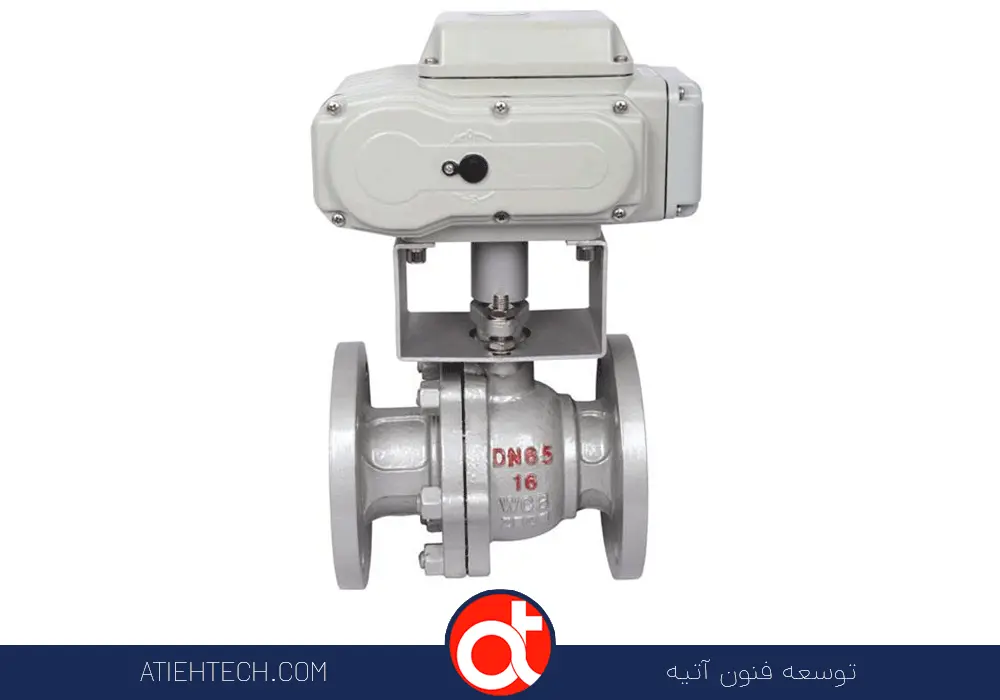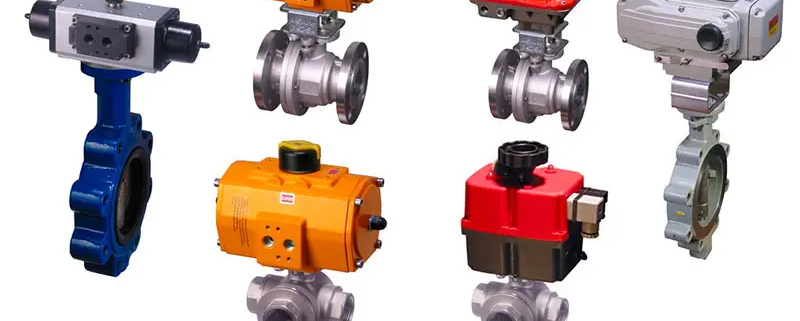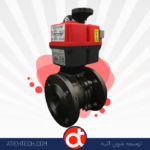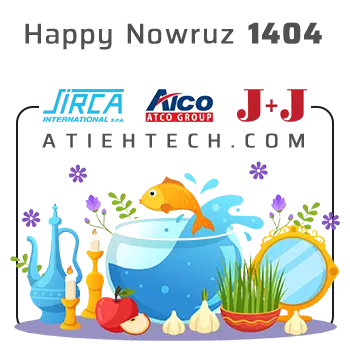What is an electric actuator?

What is an electric actuator?
What is an electric actuator? It is a precision instrument, automation and control device that controls an industrial valve using electrical power. It can operate in single or gradual steps with different signals (4-20 mA or 0-10 V) and different voltages (110, 220 and 24 V).
In short, electric actuators play a vital role in industrial automation and process control. These devices use electrical power to control industrial valves or gates, and can operate in either single-stroke or step-action modes, depending on the application.
To purchase an electric actuator, please visit the products page.
Input signals and actuator voltage variation
Input signals: These actuators typically operate with industry standard signals such as 4-20 mA or 0-10 V, which allows for precise control tailored to the process needs.
Voltage Variety: They come in different voltages (usually 110V, 220V, and 24V), which gives users the flexibility to use them based on their system needs.
Application of electric actuators in industries
What is an electric actuator and its application in various industries are important and vital due to their ability to convert electrical signals into mechanical movement. The following are some of the applications of actuators in industries, and these applications are only part of the wide range of uses of actuators.
Oil and gas industries
Valve control: To manage the flow of fluids in pipes and storage systems.
Safety control systems: for rapid disconnection and connection of pipelines in critical situations.
Water and sewage industries
Water valve control: To adjust water flow and pressure.
Discharge valves: For water management in reservoirs and water networks.
HVAC systems (ventilation, heating and air conditioning)
Air damper control: To regulate air flow in heating and cooling systems.
Control valves: To regulate temperature and humidity in buildings.
Robotics and factory automation
Robotic arm control: To perform precise and fast operations on the production line.
Production line automation: To automatically control machinery and equipment.
Food and pharmaceutical industries
Process control: To manage production and packaging processes.
Cleaning Assurance: To control equipment and provide the most concise hygiene conditions.
Automotive industry
Engine valve control: To manage the intake and exhaust of air and fuel.
Safety mechanisms: To control automatic brakes and other safety systems.
Lighting and electrical systems
Control switches and keys: To turn lights and electrical systems on and off.
Medical equipment
Medical device control: To regulate medical devices and automated equipment in hospitals.

Main-Actuator-Features
Electric operation: These actuators operate using electric power and do not require fossil fuels or human power.
Precision and control: They allow for very precise control over motion and speed, which is essential for sensitive applications.
Easy to install and maintain: They are typically simple to install and operate and require less maintenance.
Quiet: Compared to hydraulic or pneumatic actuators, electric actuators typically produce less noise.
To purchase an electric actuator, please visit the products page.
Technical parts of electric actuator
Definition: An electric actuator has several key technical parts that contribute to its proper and efficient operation, and these parts work together to ensure that the electric actuator functions properly and is reliable for controlling industrial valves and gates.
Electric motor
Function: The most important part of the actuator that converts electrical energy into mechanical force.
Types: Can be AC (alternating current) or DC (direct current).
Gear Train
Function: Reverses the speed and increases the torque of the motor. This part helps the actuator provide enough force to move heavy loads.
Design: Usually consists of multiple gears, with the gear ratio depending on the performance design.
Movement transmission mechanism
Task: Convert the rotary motion of the motor into any desired linear or rotary motion.
Examples: include pendulum rods, screws, or shafts.
Controller
Task: Receive input signals (such as 4-20 mA or 0-10 V) and adjust the operation of the motor and other components based on these signals.
Types: May be a simple controller or a more complex system with advanced capabilities.
Sensors
Task: Monitor actuator status and provide feedback to the controller such as open and closed position, pressure, and temperature.
Impact on efficiency: Information received from sensors helps improve the accuracy and efficiency of the system.
Body and structure
Function: Protect the internal components of the actuator and provide a suitable structure for installation.
Material and design: Usually made of durable, lightweight materials that are highly resilient and durable.
Electrical connections and inputs
Task: Provide the necessary connection to supply power and control signals to the actuator.
Tips: It is essential to pay attention to safety standards and compatibility with other electrical systems.
Mechanical connection system
Function: Connection between the actuator and the valve or valve. This part includes brackets, linkages, and other mechanical components.
Cooling system (optional)
Function: In some models, there are also cooling systems such as fans to prevent temperature increases during operation.

Key points when buying an actuator
By considering these key points and studying the article What is an Electric Actuator, you can more effectively select, install, and maintain actuators.
Actuator type
Electrical: For routine applications and automation systems that require precision and control.
Hydraulic and pneumatic: For heavier functions and mechanisms that require a lot of force.
Input signal type
Analog signal: such as 4-20 mA or 0-10 V, which helps with control accuracy.
Digital signal: such as industrial communication protocols (MODBUS, Profibus) for more complex controls.
Torque and power specifications
Torque: Must be matched to the specific load and application to ensure optimal performance.
Power consumption: Check the voltage and current required to select the appropriate power supply.
Design and dimensions
Installation Station: The actuator dimensions must be compatible with the environment and installation location.
Weight and structure: Use lightweight and durable materials to make transportation and installation easier.
Maintenance and support
Maintenance plan: Establish a schedule for periodic inspections and necessary repairs to extend the life of the device.
Pay attention to service life: Usually, due to the presence of moving parts, it may need to be repaired or replaced over time.
work environment
Environmental conditions: Consider the temperature, humidity and chemical conditions of the working environment. Actuators must be suitably adapted to these conditions (e.g. IP protection degrees).
Physical obstacles: Ensure that the installation and operation of the actuator is not affected by physical obstacles.
Respond to emergencies
Rapid fault detection: Must be able to identify and respond to emergency situations.
Safety systems: including automatic return to a safe state in the event of a power outage or error.
Cost and economy
Initial investment: Considering the cost of purchase and installation.
Operating costs: Review maintenance and repair costs to assess long-term economic viability.
Advanced facilities
Remote control: Some actuators have advanced capabilities such as remote control and advanced automation.
Compatibility with other systems: Ensuring the compatibility of actuators with other industrial automation elements.





Leave a Reply
Want to join the discussion?Feel free to contribute!